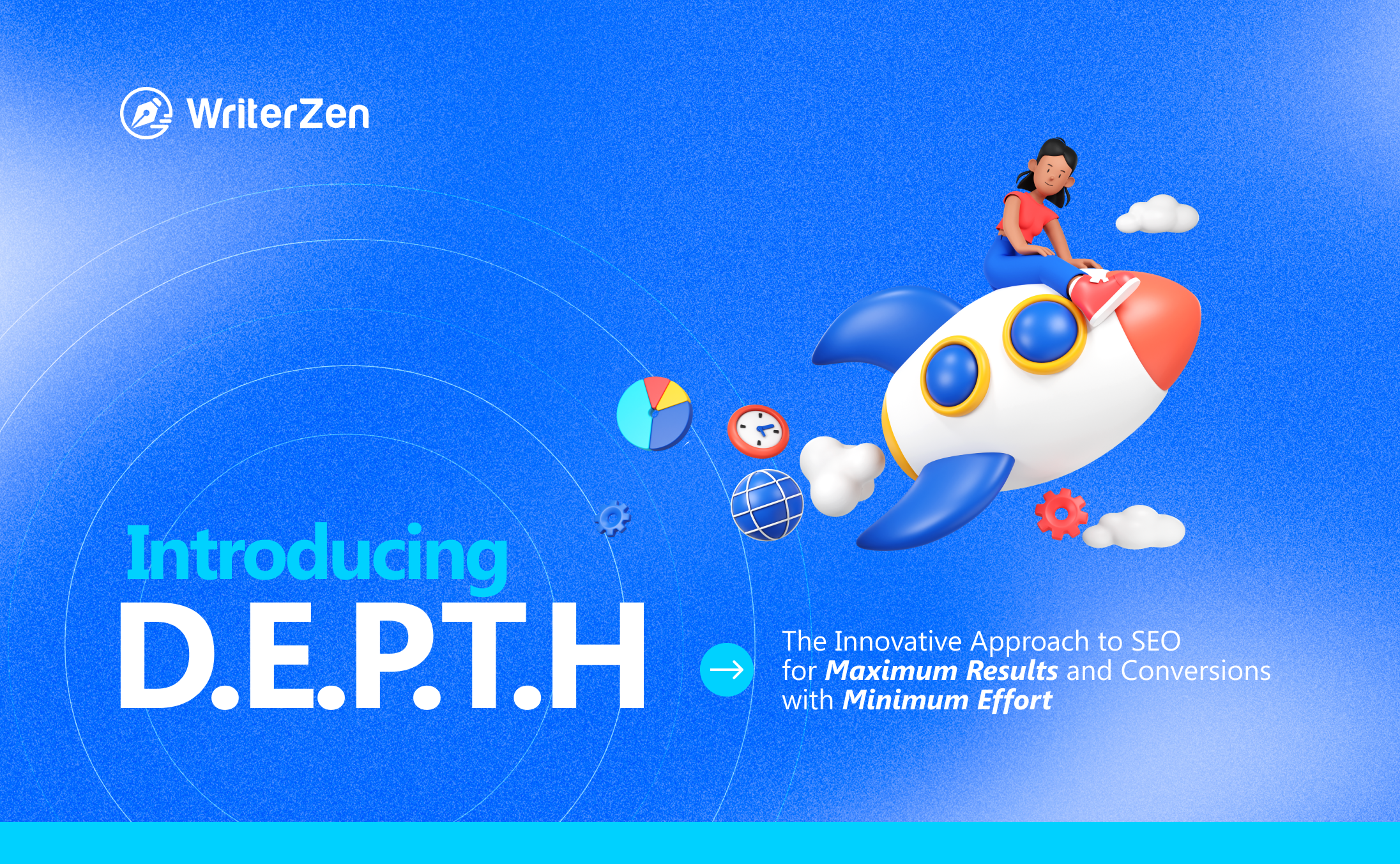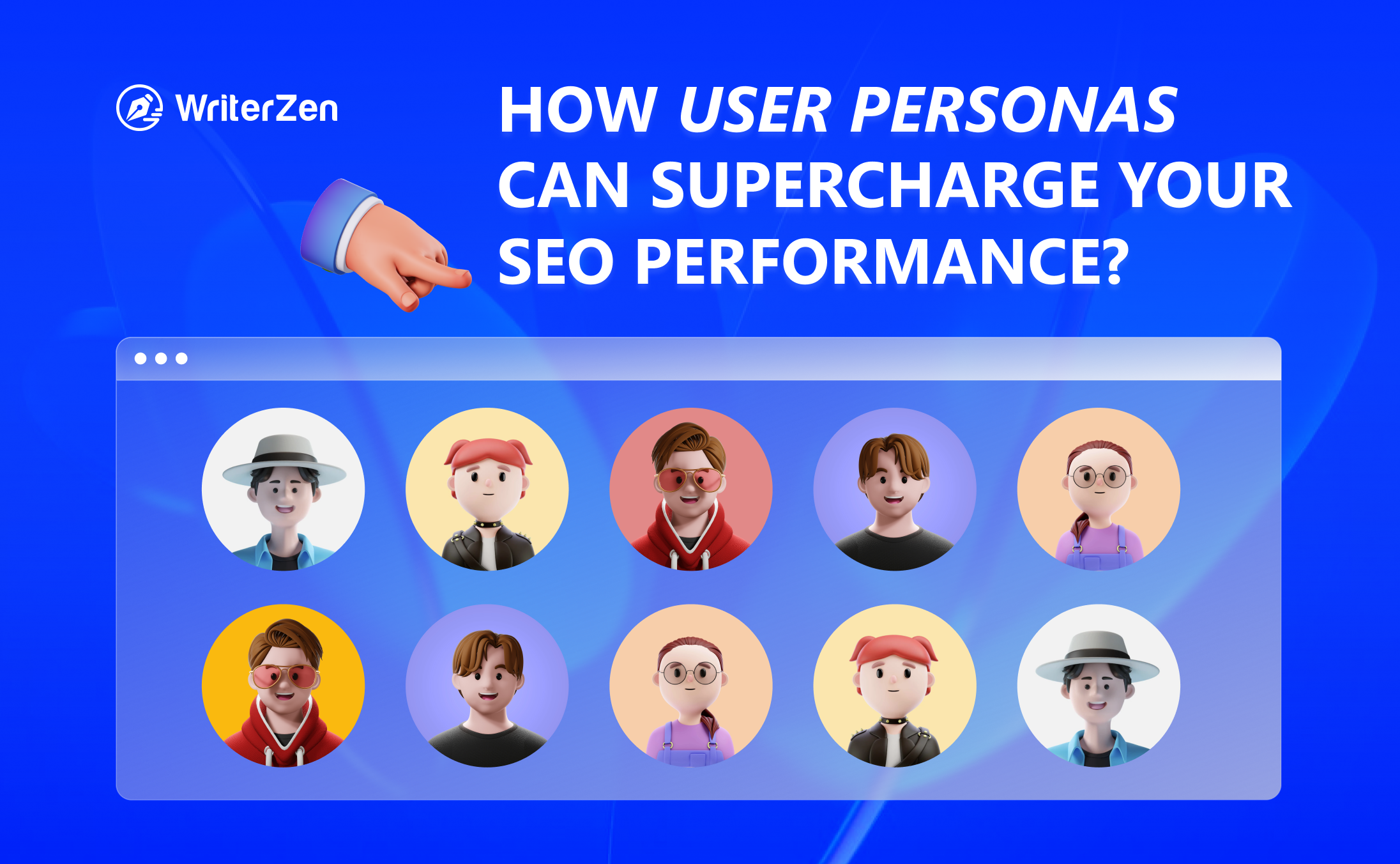Do you still think SEO is only about keyword stuffing and website optimization?
Perhaps, that perception is left behind in 2018.
Just as that, old school SEO strategies will only do little to help you stay ahead in your game in such tough competition.
You need to embrace the evolving and dynamic nature of SEO much like you would update your wardrobe to reflect ever-changing fashion trends.
It’s about time we stop viewing SEO as a one-time technical task or a means to generate traffic. Because SEO is the atomic unit of your comprehensive marketing strategy that captures and generates demand with valuable content.
SEO can become a vehicle to turn your website into an inbound revenue-generating channel. This article introduces you to a more comprehensive way of SEO: Holistic SEO.
What Is Holistic SEO?
Holistic SEO refers to taking a broader perspective by emphasizing the improvement of every aspect of a website, rather than focusing on isolated elements.
By optimizing various components of a website, businesses can not only enhance their brand's organic search visibility but also create a positive user experience that encourages visitors to engage and do business with them.
The holistic approach to SEO goes beyond mere optimization techniques and focuses on aligning business goals with the needs and expectations of the target audience.
By treating SEO as a comprehensive business strategy, organizations can generate tangible and long-lasting results, attracting highly qualified leads, and nurturing them into loyal customers.
Why Is It Even Important?
One key reason Holistic SEO is important is that it aligns with the ultimate goal of search engines: to provide the best possible results for their users.
Search engines continuously refine their algorithms to deliver more relevant and high-quality content to their users. By adopting Holistic SEO practices, businesses can ensure that their websites are optimized not just for search engines but also for the users themselves.
To effectively implement Holistic SEO, creating assets that cater to users throughout their buying journey is crucial.
This means going beyond optimizing individual web pages and considering the user experience as a whole. Businesses should focus on providing relevant and valuable content that addresses the needs and interests of their target audience at every stage of the customer journey.
By doing so, they can enhance user engagement, build trust, and increase the likelihood of conversions.
In addition to content optimization, Holistic SEO also involves taking care of the technical aspects of a website. Search engines consider factors such as website speed, mobile-friendliness, and security when determining rankings.
Optimizing these technical elements not only improves search engine visibility but also enhances the overall user experience.
A fast and secure website that is accessible on various devices can significantly impact user satisfaction and ultimately contribute to higher conversion rates.
It is important to note that Holistic SEO should not be viewed as a standalone strategy. Instead, businesses should integrate it into their overall marketing and business goals.
Align your SEO efforts with broader business objectives, such as increasing sales, improving brand awareness, or expanding market reach, companies can leverage SEO as a powerful tool to drive success.
Difference Between The Old and Holistic SEO
The old way of doing SEO relied heavily on optimizing static pages, celebrating ranking for specific keywords, and focusing on acquiring backlinks.
However, the new way of doing SEO takes a broader perspective, aiming to build a comprehensive content ecosystem that caters to the buyer's journey, while driving sustainable revenue growth and establishing trust and authority.
Let's delve into the differences between the Old and Holistic SEO approaches.

Old SEO Approach
-
Static Page Optimization: The primary focus of traditional SEO was centered around optimizing specific static pages such as the home, services, and about us pages. These pages were carefully crafted to target specific keywords and improve search engine rankings.
-
Keyword-Centric Strategy: Success was often measured by the ability to rank for a particular keyword or set of keywords. Achieving high rankings for these keywords was considered a significant milestone in the SEO journey.
-
Backlink Acquisition: Backlinks played a crucial role in the old SEO strategy. Websites would invest significant effort and resources in buying or acquiring backlinks from other websites to improve their search visibility and authority.
-
SEO Content as Secondary: Content created for SEO purposes was often treated as separate from other forms of content marketing. Its quality and relevance were sometimes compromised, as the main objective was to meet SEO requirements rather than engaging and informing the target audience.
Holistic SEO Approach
-
Comprehensive Content Ecosystem: The new approach to SEO recognizes the importance of creating a content ecosystem that encompasses various stages of the buyer journey.
Content is strategically developed to provide value and relevance at every touchpoint, from awareness to consideration and conversion.
-
Revenue Growth Strategy: Instead of viewing SEO as a standalone tactic, Holistic SEO considers it an integral part of the company's revenue growth strategy. The objective is to leverage organic search to drive significant and sustainable revenue growth over the long term.
-
Holistic Strategy Alignment: Holistic SEO aligns with the broader objectives of the company. Tactics like link building are no longer isolated efforts but are integrated into the overall SEO strategy, working towards the common goal of achieving business objectives.
-
Quality Content for Authority: The quality of search content is now given utmost importance. It is created with meticulous research and the same level of thought leadership and creativity as other forms of content marketing.
The goal is to establish trust, authority, and credibility with the target audience, driving revenue through valuable organic traffic.
How to Take a Holistic SEO Approach
Here are key aspects to consider when adopting a holistic SEO approach:

Technical SEO
Ensuring that the technical aspects of a website are optimized is fundamental to SEO success. This includes factors such as site speed, mobile responsiveness, crawlability, and proper indexing by search engines.
By addressing technical SEO issues, businesses can enhance the user experience and make their websites more search engine-friendly.
Conversion Optimization
While driving traffic to a website is important, converting that traffic into valuable actions is equally essential. Conversion optimization focuses on optimizing various elements of a website, such as call-to-action buttons, landing pages, and forms, to encourage visitors to take desired actions.
By continuously testing and improving conversion rates, businesses can maximize the value of their SEO efforts.
User Experience (UX)
Search engines prioritize websites that offer a positive user experience. It is crucial to design websites with usability and user engagement in mind. Elements such as intuitive navigation, clear site structure, relevant internal linking, and easy-to-read content contribute to a better UX.
By aligning with user expectations, businesses can increase visitor satisfaction and improve their search rankings.
Content
Content plays a central role in SEO as it provides valuable information to users and attracts search engine attention. It is essential to create high-quality, relevant, and optimized content that aligns with users' intent and addresses their needs.
By incorporating relevant keywords, structuring content effectively, and providing comprehensive information, businesses can improve their visibility in search results and attract organic traffic.
Crafting a successful content strategy is essential for improving search rankings and engaging users. This involves planning and creating content that aligns with users' needs, preferences, and search intent.
A comprehensive content strategy should include a mix of blog posts, articles, videos, infographics, and other formats that cater to.
Optimizing BOFU and Product-related Content
Depending on the buying journey of your target audience, it is crucial to ensure that bottom-of-the-funnel (BOFU) and product-related content is optimized. This includes creating landing pages, product descriptions, and comparison guides that effectively highlight the unique selling points of your offerings.
By optimizing these types of content, businesses can capture the attention of potential customers who are closer to making a purchasing decision.
Competitive Positioning
To stand out in the digital landscape, it is essential to understand your competitors and develop a strategy for competitive positioning. This involves analyzing the SEO strategies of your competitors, identifying their strengths and weaknesses, and crafting a unique value proposition.
By creating dedicated landing pages or content that target specific competitors, businesses can effectively differentiate themselves and attract potential customers searching for alternatives.
Leave Old-school SEO Practices Behind to Stay Ahead of The Curve
Gone are the days of keyword stuffing and over-optimization. Now, a robust SEO strategy means turning your websites into one of their greatest inbound revenue channels through SEO and content.
Take content design, user experience, and semantic structure into account to create a well-rounded SEO strategy and search engine visibility that lasts. While Google has changed its algorithm numerous times, most of our advice has remained the same ever since we started.
This advice may be simple in theory, but executing it is not necessarily easy: you must ensure that your website stands out exceptionally.
Building a website with high-quality content, providing an excellent user experience, and maintaining up-to-date security measures will not yield instant improvements in your search engine ranking. However, in the long term, it will undeniably have a positive impact on your SEO.
Furthermore, outstanding websites often attract more backlinks from other sites and receive greater attention on social media platforms. Remember the ship analogy mentioned earlier?
It's akin to receiving recommendations from other ships (websites) both within and beyond your competitive realm. Such endorsements send a powerful signal to search engines, signifying that your website is truly remarkable.
















